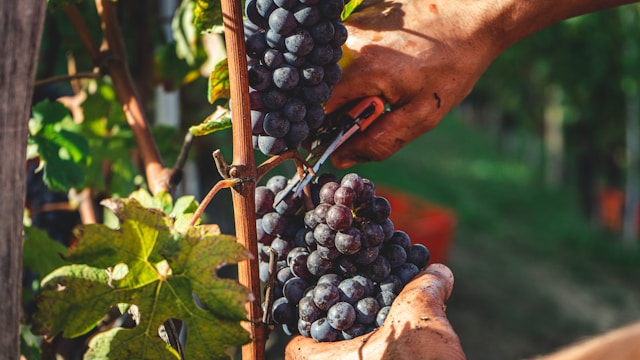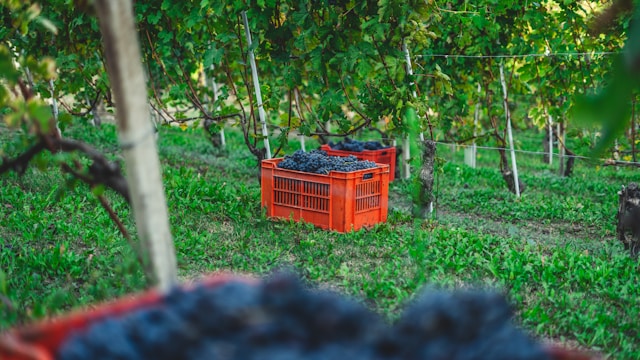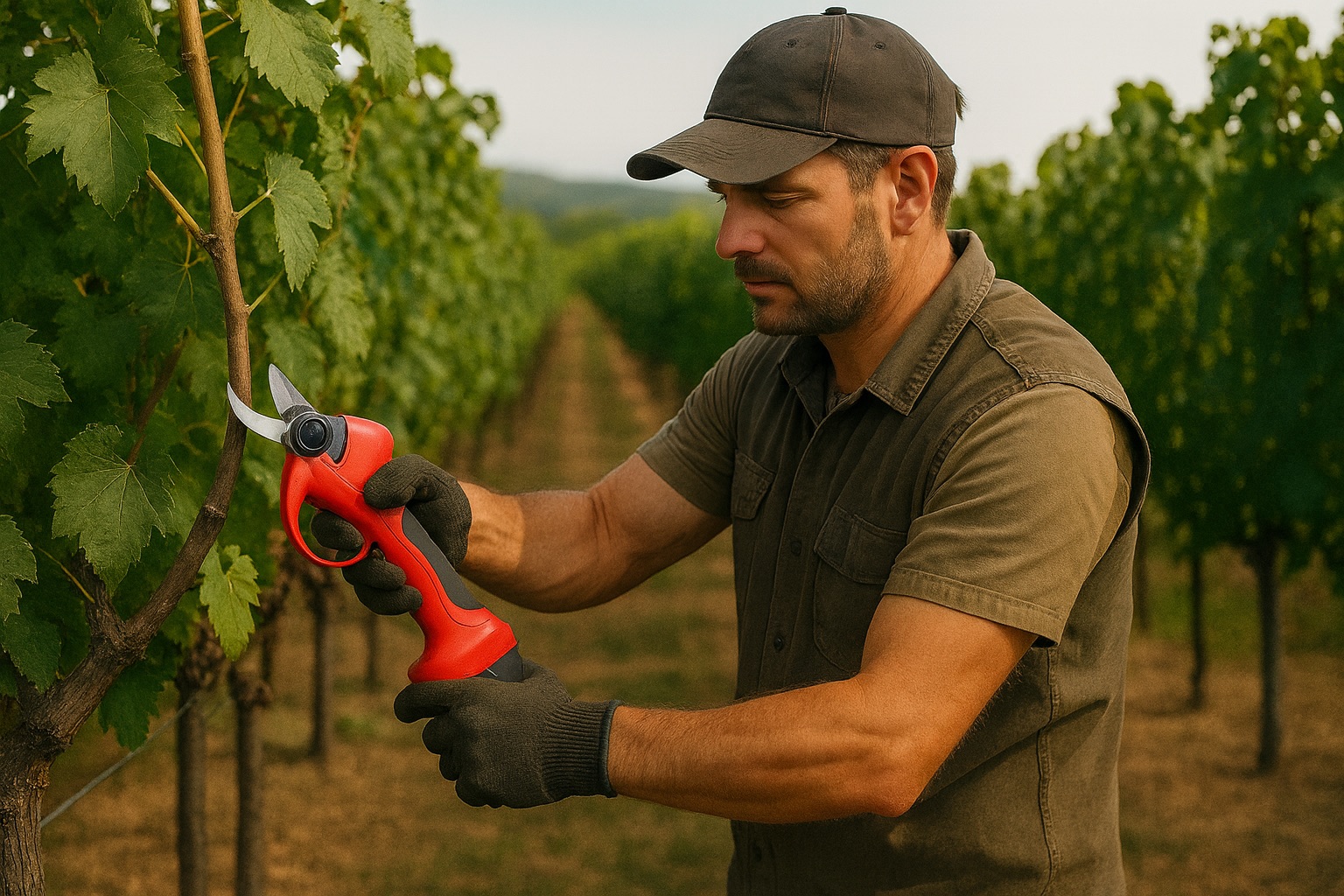Vineyard work has always been labor-intensive, requiring long hours of repetitive tasks under varying weather conditions. Today, the adoption of battery-powered tools is reshaping how vineyards operate. This evolution not only increases productivity but also improves the well-being of workers. Among the most emblematic innovations, the electric pruning shear stands out as a true game-changer.
The shift towards battery-powered technology in vineyards
For centuries, vineyard maintenance relied on hand tools or fuel-powered machines. While effective, these methods often came with high physical strain, noise pollution, and environmental concerns. The introduction of modern battery-powered solutions offers a more sustainable path. These tools deliver consistent performance, reduce manual effort, and minimize carbon emissions.
The importance of such a shift becomes evident when considering the scale of vineyard operations. Large estates that once depended on a large workforce now see their teams achieving more with fewer resources. According to industry reports, battery-powered tools can cut task times significantly, allowing vineyard staff to focus on other crucial aspects of wine production.
Here is a comparison that highlights the differences between traditional and battery-powered tools:
| Aspect | Traditional tools | Battery-powered tools |
| Energy source | Manual effort or fuel | Rechargeable batteries |
| Worker fatigue | High | Reduced |
| Noise level | Loud for fuel machines | Low and discreet |
| Environmental impact | COâ‚‚ emissions | Lower, eco-friendly |
| Precision | Variable | High, with consistent power |
To understand more about the sustainable impact of vineyard innovations, resources such as Wine Business provide detailed insights.
Why electric pruning shears are revolutionizing vineyard work
The electric pruning shear is arguably the most impactful tool in vineyard modernization. Pruning is a task that defines the future quality of grapes, yet it demands thousands of precise cuts during the season. Using manual shears not only causes hand strain but also slows down operations.
With battery-powered pruning shears, workers benefit from:
- Greater precision with every cut
- Reduced wrist and hand fatigue
- The ability to prune for longer hours
- Lightweight, ergonomic designs
- Reliable performance even in dense vine areas
Such tools ensure consistency, which directly influences vine growth and grape yield. According to this website, the result is a healthier vineyard and a better harvest.

How battery-powered tools improve worker health and efficiency
The human factor in vineyard maintenance cannot be underestimated. Workers often face repetitive stress injuries, back pain, and fatigue from handling traditional tools. By shifting to battery-powered equipment, vineyards significantly improve ergonomics.
Pruners, hedge trimmers, and even lightweight leaf blowers powered by lithium batteries reduce the need for excessive physical strength. This means workers spend less energy on routine tasks and avoid long-term injuries. The long-lasting autonomy of batteries allows for full-day work with minimal interruptions.
Sustainability and environmental responsibility
One of the reasons vineyards embrace battery-powered solutions lies in their environmental commitment. The wine industry increasingly faces scrutiny regarding its ecological footprint. Replacing fuel-powered machines with rechargeable devices lowers emissions and reduces dependence on fossil fuels.
Moreover, the quiet nature of these tools respects both workers and the environment. Unlike loud engines, battery-powered devices operate discreetly, which is especially valuable in vineyards close to residential areas or in regions where tourism plays a role.
Expanding beyond pruning: other key battery-powered vineyard tools
While pruning shears often take the spotlight, other tools deserve attention. Battery-powered hedge trimmers, small chainsaws, sprayers, and blowers form a complete ecosystem of modern vineyard maintenance.
Each of these devices addresses a specific need:
- Hedge trimmers keep rows tidy and ensure proper sun exposure
- Compact chainsaws help remove thicker branches efficiently
- Portable sprayers allow for targeted treatments with less waste
- Leaf blowers maintain cleanliness between rows without polluting fumes
Together, these tools bring a level of precision and practicality that older systems could not match.

The economic advantages for vineyard owners
Beyond environmental and ergonomic benefits, battery-powered tools represent a smart investment. While the initial cost may seem high, the long-term savings in fuel, maintenance, and medical costs linked to worker injuries balance the equation.
The durability of modern lithium batteries, combined with the reduced wear of electric motors compared to fuel engines, results in lower operating expenses. Furthermore, the productivity boost leads to better vineyard management, optimizing both time and resources.
Challenges and considerations for adoption
Despite the many benefits, the transition is not without challenges. Battery autonomy, although improving, can still limit work in large-scale vineyards. Charging infrastructure needs to be reliable, and replacement batteries must be accessible.
Another aspect concerns training. Workers accustomed to manual or fuel-powered tools need time to adapt to new handling methods. Yet, most vineyards that adopt such technologies report quick acceptance once the ergonomic and efficiency gains are experienced.
Looking ahead: the future of vineyard maintenance
The integration of battery-powered tools signals a broader technological transformation in viticulture. Automation, data tracking, and precision agriculture are emerging trends that combine with these innovations. As technology advances, one can expect even lighter, longer-lasting, and smarter tools designed specifically for vineyard needs.
What began with the electric pruning shear is paving the way for a new era of vineyard maintenance. The result is not only higher productivity but also healthier workers, more sustainable practices, and wines crafted under better conditions.
